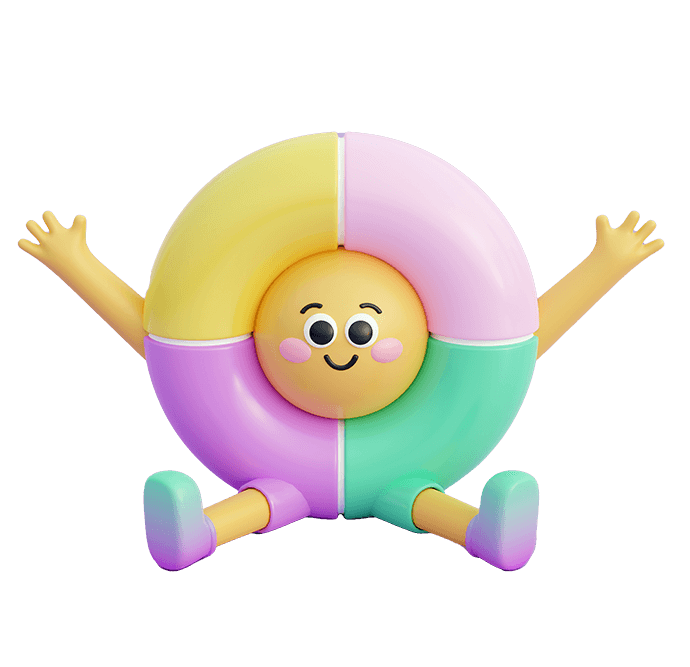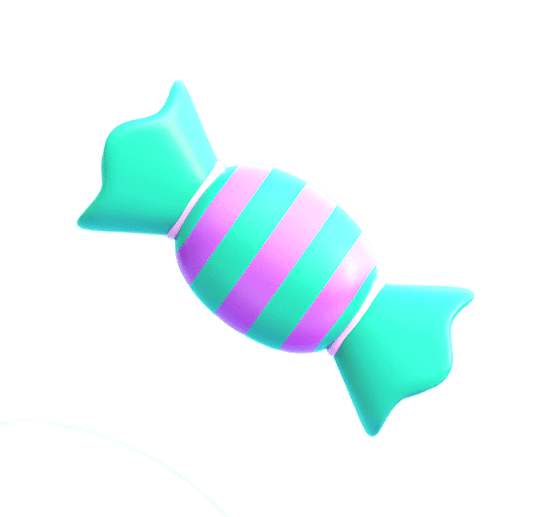Plush toys, those soft and cuddly companions, are more than just adorable gifts—they provide comfort, warmth, and even emotional support. But have you ever wondered what’s inside these charming figures that makes them so comforting? The stuffing of a plush toy plays a crucial role in its feel, durability, and safety. Understanding what plush toys are filled with can help you choose the best one for your needs, whether you’re looking for a safe option for a child or seeking a high-quality collectible.
Plush toys are commonly stuffed with materials like polyester fiber, cotton, or memory foam. Each material has its own unique benefits, affecting the toy’s comfort, durability, and environmental impact. Understanding the stuffing can help you choose the right toy.
In this guide, we’ll explore the different materials used in plush toy stuffing, the pros and cons of each, and what makes them so essential to the overall quality of a plush toy. We’ll also dive into the environmental implications and how the right choice of stuffing can contribute to sustainability. Let’s begin by understanding the various stuffing materials that make plush toys the irresistible companions they are.
1. What Materials Are Commonly Used for Stuffing Plush Toys?
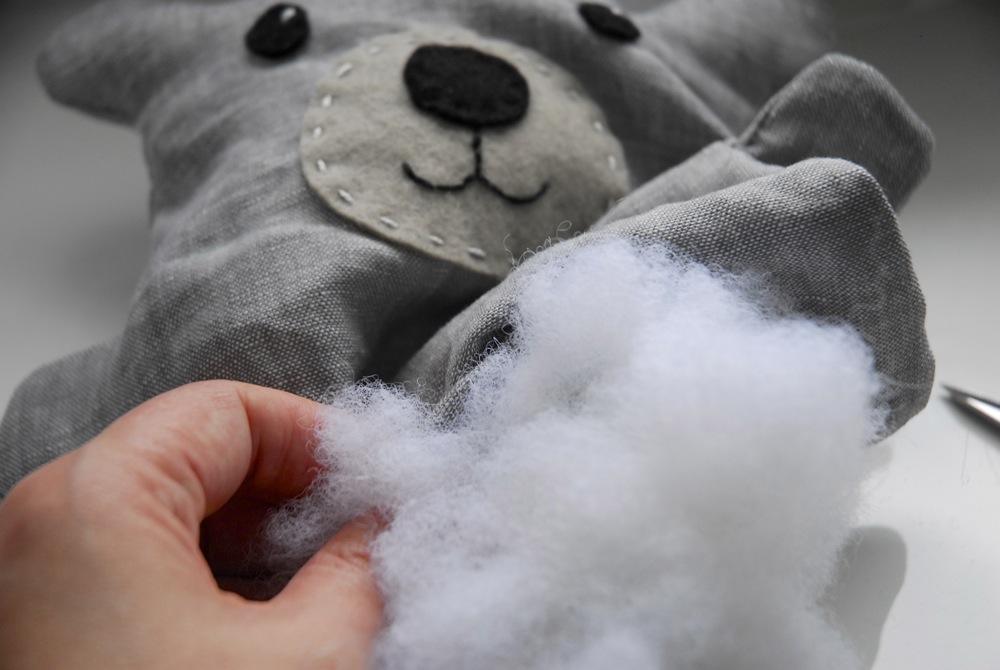
When it comes to plush toys, the material inside plays a major role in determining how soft, durable, and comfortable the toy will be. Some of the most common stuffing materials include polyester fiber, cotton, wool, and more recently, memory foam. These materials differ in their texture, cost, and environmental impact, making it important to choose the right one for your needs.
Plush toys are most commonly stuffed with polyester fiber, cotton, wool, or memory foam. Each material offers distinct qualities, such as softness, durability, and eco-friendliness, which affect the overall toy experience.
- Polyester Elyaf: This is the most commonly used stuffing for plush toys, thanks to its affordability and versatility. It is a synthetic material known for its ability to retain its shape, making it the go-to choice for soft, fluffy toys that maintain their form over time. Additionally, it’s machine washable, making it ideal for children’s toys.
- Pamuk: Cotton stuffing is another popular choice, particularly for hypoallergenic or organic toys. Cotton offers a natural softness and is breathable, making it a good option for toys designed for babies or individuals with sensitive skin. However, it tends to clump over time and may require more frequent fluffing.
- Yün: While less common, wool provides a luxurious, natural feel to plush toys. It is naturally hypoallergenic, moisture-wicking, and breathable. However, it is more expensive and requires more careful maintenance than synthetic fibers.
- Memory Foam: More recently, memory foam has been used in plush toys to offer an extra level of comfort and softness. It molds to the shape of the body, providing a more plush experience, which makes it ideal for cuddle toys or collectors’ items. However, it can be more expensive and heavier compared to traditional stuffing materials.
| Stuffing Material | Characteristics | Artıları | Eksiler |
|---|---|---|---|
| Polyester Elyaf | Synthetic, durable, soft | Low maintenance, affordable | Not eco-friendly |
| Pamuk | Natural, soft, hypoallergenic | Breathable, soft | Clumps over time |
| Yün | Natural, luxurious, breathable | Hypoallergenic, moisture-wicking | Expensive, needs care |
| Memory Foam | Synthetic, moldable, soft | Comfortable, molds to shape | Expensive, heavier |
2. Which Stuffing Material is the Most Durable and Long-Lasting?
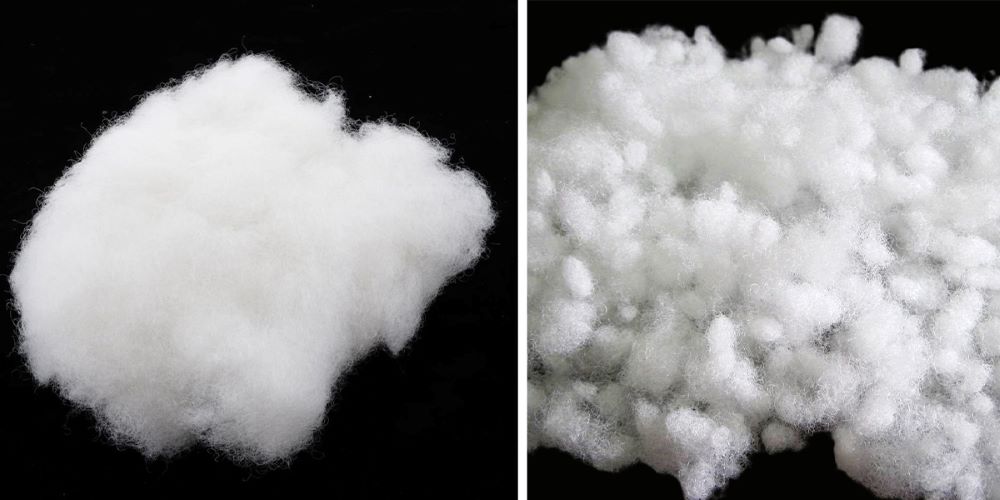
Durability is an essential factor when considering plush toys, especially those that will be used by children. Polyester fiber generally outperforms other materials in terms of longevity and resilience, while cotton and wool have their own benefits, but may require more care to maintain their shape.
Polyester fiber is the most durable and long-lasting stuffing material for plush toys due to its resilience and ability to retain shape. Natural fibers like cotton and wool are softer but require more maintenance.
- Polyester Elyaf: Polyester fiber stands out for its exceptional durability, maintaining its shape and fluffiness over time. It’s resistant to wear and tear, making it ideal for toys that see frequent use. Polyester is also moisture-resistant, meaning it doesn’t clump or lose shape as easily when exposed to moisture. It’s highly durable, making it the go-to material for many mass-produced plush toys.
- Pamuk: While cotton is soft and natural, it is less durable than polyester. It tends to lose its fluffiness and may clump after repeated washing. Cotton-filled toys may require more frequent re-fluffing, and they can become misshapen over time, especially if not handled carefully.
- Yün: Wool is durable in its own right, but it is more prone to matting compared to synthetic materials. It does not have the same resilience as polyester, which can result in the toy becoming flat over time. However, wool is a natural fiber, so it’s less prone to collecting dust and allergens, which is a plus for those with sensitive skin or allergies.
- Memory Foam: Memory foam offers excellent durability and long-lasting comfort, as it does not flatten over time. However, it is heavier and more expensive than traditional stuffing materials, and it may not be as resilient in the long run as synthetic fibers when subjected to extreme wear.
| Stuffing Material | Dayanıklılık | Bakım | Resilience |
|---|---|---|---|
| Polyester Elyaf | Yüksek | Düşük | Yüksek |
| Pamuk | Orta | Orta düzeyde | Orta |
| Yün | Orta-Yüksek | Yüksek | Orta |
| Memory Foam | Yüksek | Moderate (requires care) | Yüksek |
3. How Are Natural Fibers Like Cotton and Wool Used in Plush Toys?
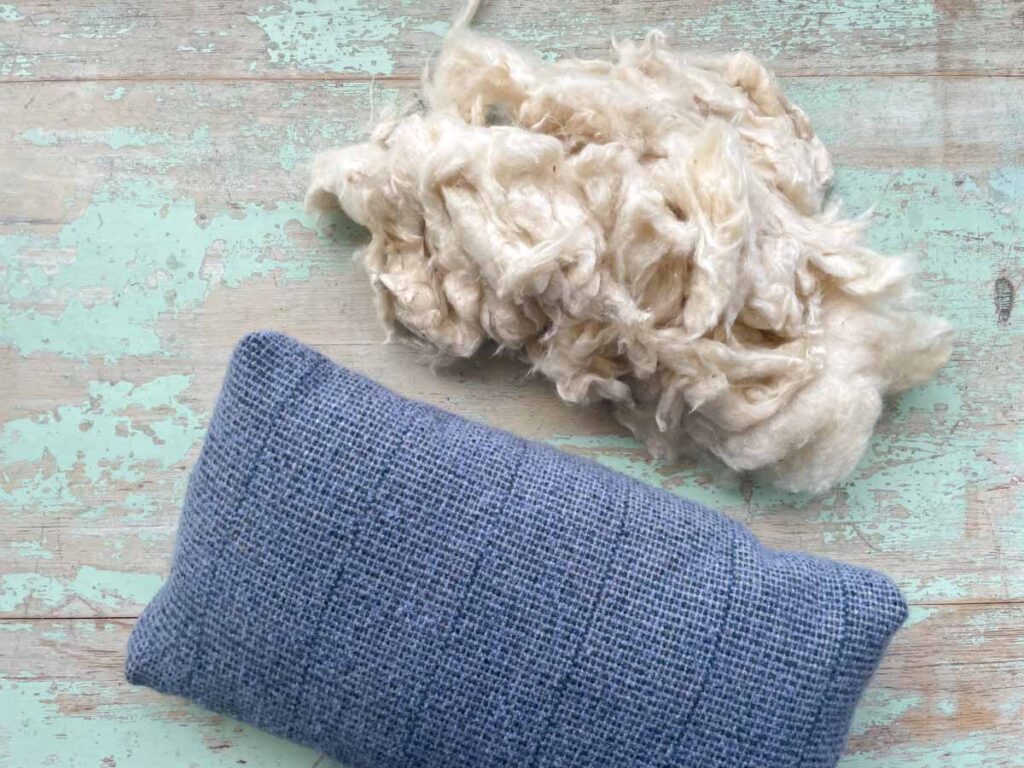
Natural fibers like cotton and wool are prized for their softness and hypoallergenic properties. These materials are often used in toys for babies or individuals with sensitive skin, where comfort and safety are priorities. However, while they offer many benefits, natural fibers may not provide the same long-term durability as synthetic options.
Cotton and wool provide a natural, hypoallergenic feel in plush toys, making them suitable for sensitive users. However, they require more maintenance to retain their shape and longevity compared to synthetic fibers like polyester.
- Pamuk: Cotton is often used as a stuffing material in organic or eco-friendly plush toys. It’s soft, breathable, and hypoallergenic, making it ideal for babies and young children. However, cotton tends to lose its shape over time, especially after washing, and it can become lumpy. It may require frequent fluffing to restore its original form.
- Yün: Wool offers a luxurious, natural feel and is prized for its insulation properties, making it a good choice for toys intended to provide comfort. It’s also naturally resistant to dust mites, making it a good choice for allergy sufferers. However, wool tends to mat and lose its fluffiness with extended use, so it requires more care than synthetic materials.
| Malzeme | Avantajlar | Drawbacks |
|---|---|---|
| Pamuk | Hypoallergenic, breathable, natural feel | Clumps over time, requires re-fluffing |
| Yün | Hypoallergenic, breathable, luxurious feel | Requires care, matting over time |
4. Are Synthetic Materials Like Polyester and Microbeads Safe for Plush Toys?
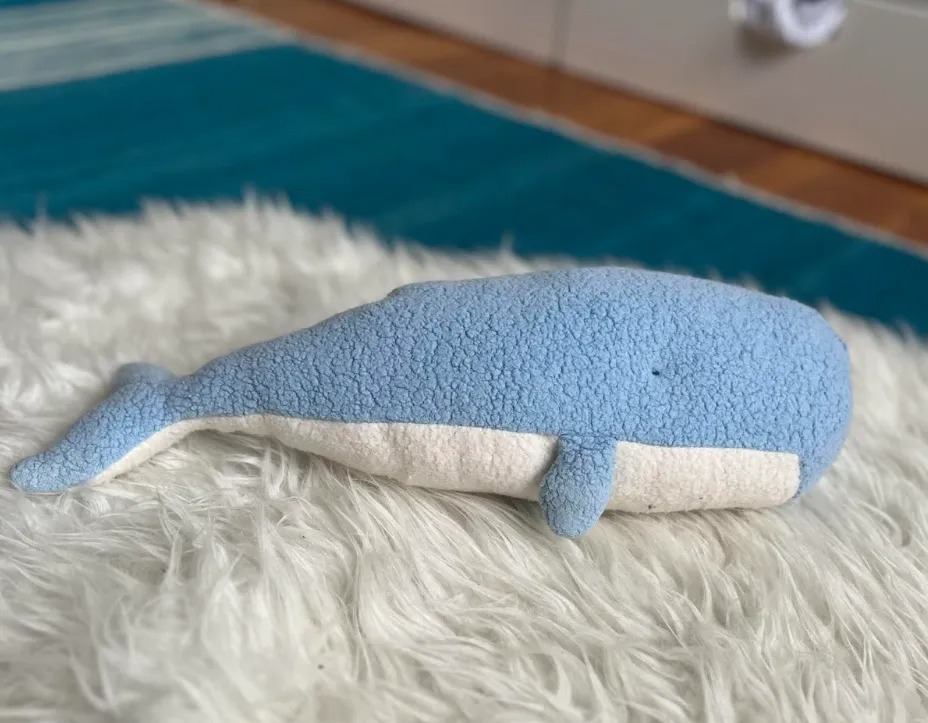
Synthetic materials such as polyester and microbeads are widely used in plush toys due to their affordability, versatility, and ease of use. However, concerns about their safety, particularly in toys for children, have prompted manufacturers to ensure that these materials meet strict safety standards.
Polyester and microbeads are generally safe for use in plush toys, but it’s important to ensure that they meet safety standards, such as being non-toxic and free from harmful chemicals.
- Polyester: Polyester is one of the most common synthetic materials used in plush toys. It is generally considered safe for children and adults, as long as it meets safety standards. However, some lower-quality polyester may contain harmful chemicals, so it’s important to check for certifications like Oeko-Tex Standard 100, which ensures that the material is free from harmful substances.
- Microbeads: Microbeads are often used in plush toys to add weight and create a unique feel. While they are generally safe, there are environmental concerns about their use, particularly in larger quantities. Microbeads can contribute to microplastic pollution if they break off and enter the water supply. To mitigate this, manufacturers are moving toward biodegradable alternatives.
- Safety Standards: Plush toys are subject to rigorous safety regulations, including ensuring that the stuffing material is non-toxic and free from harmful chemicals. Always check for certifications such as ASTM F963 or CE certification to ensure that the toy is safe for children.
| Malzeme | Safety | Environmental Concerns | Certification Needed |
|---|---|---|---|
| Polyester | Non-toxic (if certified) | Not biodegradable | Oeko-Tex, ASTM F963 |
| Microbeads | Generally safe | Potential for microplastic pollution | Biodegradable alternatives |
5. What Are the Benefits of Memory Foam and Other Advanced Stuffing Options?
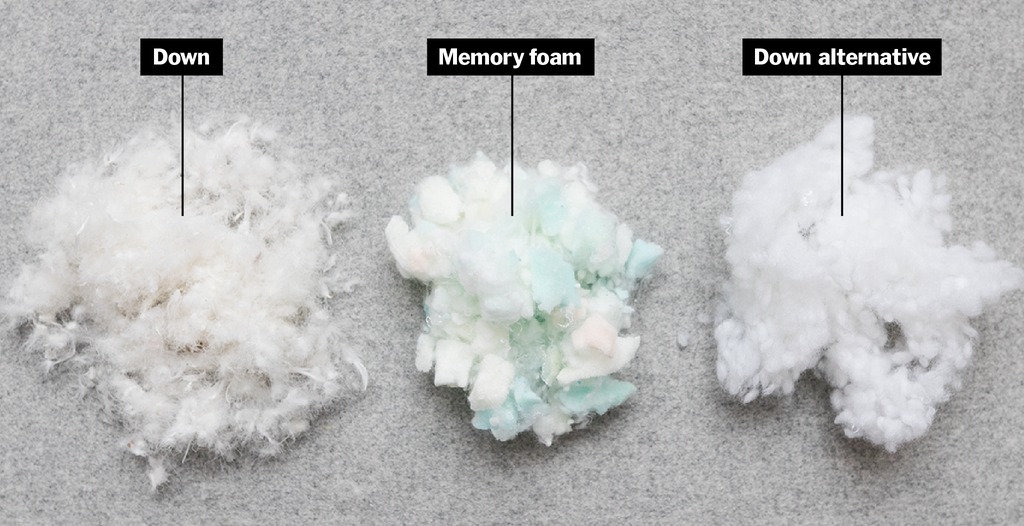
Memory foam has become a popular advanced stuffing material in recent years due to its unique ability to mold to the shape of the body, providing superior comfort. Other advanced stuffing materials include eco-friendly alternatives, such as recycled fibers, which are gaining popularity in the plush toy industry.
Memory foam offers a high level of comfort and molds to the body, making it ideal for cuddle toys and collectors’ items. Other advanced stuffing options, such as recycled fibers, offer eco-friendly benefits.
- Memory Foam: Memory foam is increasingly being used for plush toys, particularly those designed for comfort, such as body pillows or plush toys for older children and adults. It conforms to body heat and pressure, providing a unique, comforting experience. However, it is more expensive than traditional stuffing materials, and the added weight may make the toy less suitable for smaller children.
- Recycled Fibers: In response to growing environmental concerns, some plush toy manufacturers are turning to recycled fibers as an alternative to traditional polyester. These fibers are made from recycled plastic bottles or other materials, helping reduce waste and environmental impact. While still soft and durable, recycled fibers are often more expensive than standard polyester.
| Malzeme | Comfort Level | Çevresel Etki | Maliyet |
|---|---|---|---|
| Memory Foam | Yüksek | Low (non-biodegradable) | Yüksek |
| Recycled Fibers | Orta düzeyde | Positive (eco-friendly) | Moderate to High |
Sonuç
Choosing the right stuffing for plush toys is essential to achieving the desired feel, durability, and safety. While polyester fiber remains the most common and durable choice, natural materials like cotton and wool provide hypoallergenic benefits. Memory foam offers unmatched comfort, and eco-friendly alternatives are gaining traction in the industry.
At Kinwin, we specialize in producing high-quality plush toys with innovative and eco-friendly materials, ensuring both comfort and sustainability. If you’re interested in learning more about our plush toy offerings or want to request a custom quote, don’t hesitate to reach out today!

